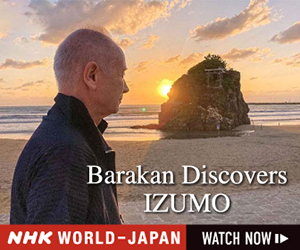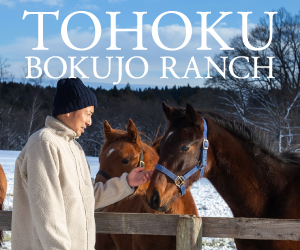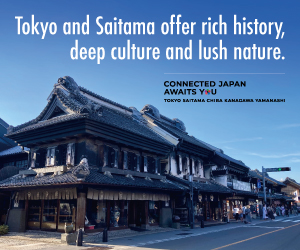FUNDODAI
RETHINKING THE BASICS
INNOVATIVE KYUSHU BREWERY BREAKS THE MOLD
Kumamoto’s top maker takes low-key approach to soy sauce, but daring to be different turned it into a clear winner
Kumamoto Prefecture occupies a large portion of central Kyushu, the westernmost of Japan’s main islands. Its diverse terrain includes plains, plateaus and mountains along with three distinct coastal zones. It’s therefore no surprise that Kumamoto is a veritable hive of agriculture, fisheries and livestock production and a well-known cornucopia of sustenance.
The groundwater stored in the geological layers formed by Mount Aso, an active volcano in northeastern Kumamoto, is known for its abundance and quality. There are no dams or purification plants in the city of Kumamoto, the prefecture’s largest urban area with close to three quarters of a million residents, making it Japan’s “leading groundwater city.” Its groundwater is so plentiful, residents say high-quality mineral water is as close as the nearest tap. The prevalence of pure water also underpins Kumamoto’s thriving rice-growing and sake-brewing industries.
For 156 years, soy sauce manufacturer Fundodai Inc. has played an important role in Kumamoto’s rich food culture. The company ranks No. 1 in the prefecture for market share, reflecting the importance of its products in Kumamoto cuisine. When asked to explain the source of Fundodai’s brand strength, President Osamu Yamamura gives a surprising answer, “If I had to describe our soy sauce, I’d say its flavor is low-key.”
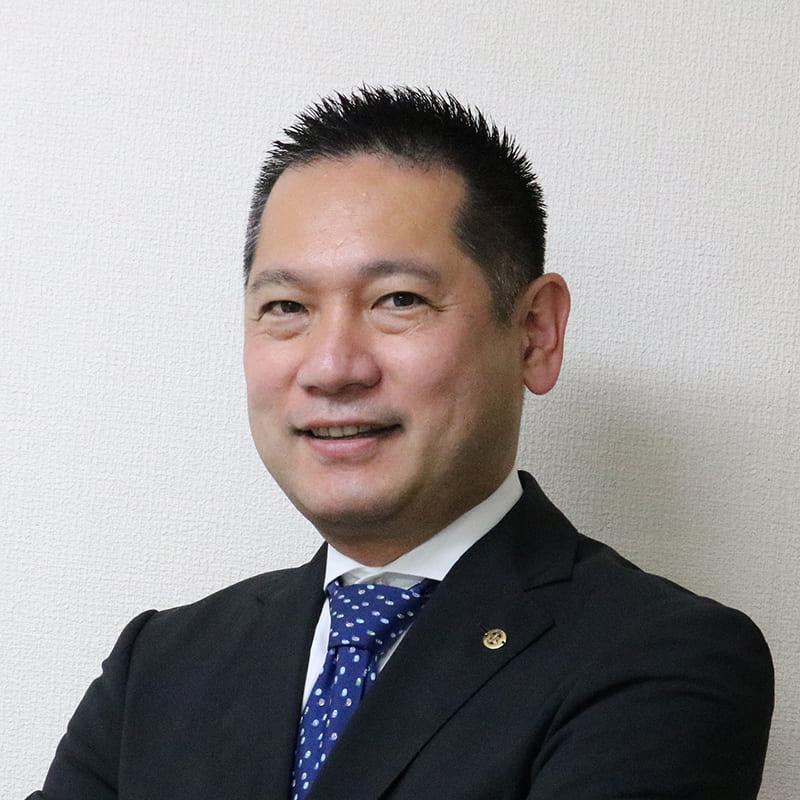
FUNDODAI
Across Kumamoto and Kyushu as a whole, amakuchi (sweet) soy sauce is the standard, and its restrained saltiness and mellow sweetness reflects local preferences. But Yamamura also describes his soy sauce as understated. The reason can be found in Kumamoto’s uniquely varied cuisine.
“Kumamoto is blessed with abundant food, from vegetables and fish to meat and more,” Yamamura noted. “For more than 150 years, our company has been proud to supply the basic seasoning for Kumamoto cuisine, which is all about fresh ingredients. This is why our soy sauce shouldn’t overshadow the taste of those ingredients.”
For generations, Fundodai’s support for local food culture was indeed low-key. But in 2019, on the occasion of the company’s 150th anniversary, the company drew wide attention in Japan and beyond by releasing a bold new soy sauce that dispenses with the familiar color of the sauce itself. Fundodai calls it Clear Soy Sauce.
Fundodai’s Clear Soy Sauce is as colorless and transparent as water. It’s hard to believe a clear liquid could deliver such aroma, flavor and umami, but tasting is believing. As noted, Kyushu soy sauce is generally on the sweet side, but the attributes of this transparent sauce are inspired by the deeper flavors preferred in the metro Tokyo market.
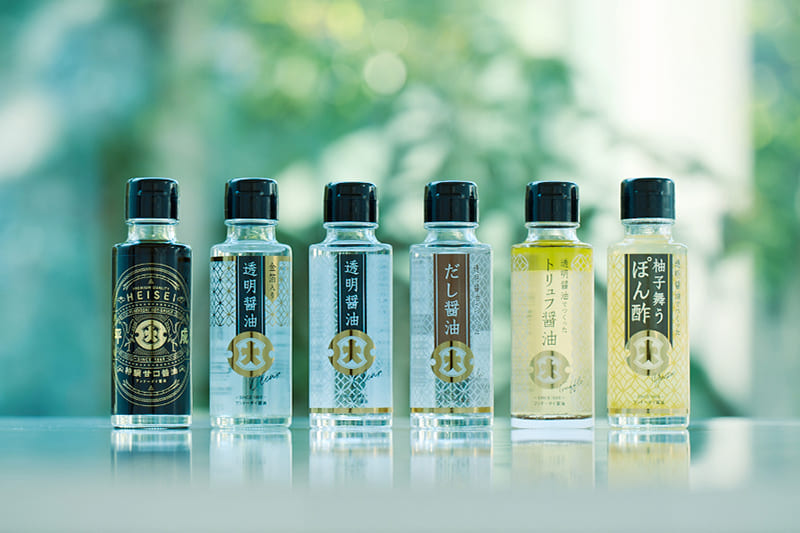
FUNDODAI
Yamamura said the company’s special brewing techniques not only achieve a colorless result, but also preserve all of the other characteristics of Japan’s most popular variety of soy sauce. Since the release of Clear Soy Sauce, Fundodai has shipped more than 1.5 million bottles.
Uncovering new markets
Yamamura’s career has been unusually varied. He started as a sales rep in a securities firm before jumping to an industrial mold manufacturer, and from there to an agricultural products processor in Kumamoto, where he was a director. After his employer merged with Fundodai, he was made president and charged with revitalizing the organization and reenergizing its business. When one of his development staff told him about a patented technology that could strip soy sauce of its color, he was intrigued.
Yamamura also remembers the initial reluctance that had to be addressed before Clear Soy Sauce could be brought to market. His industry veterans were especially hard to convince, and many thought the very idea of transparent soy sauce bordered on sacrilegious. However, it was Yamamura who gave the green light, saying, “Doing what everyone else is doing is the wrong approach. The point is to break out of that mindset and uncover new product concepts.”
Yamamura said the initial concept during product development was that colorless soy sauce would leave no stain on tablecloths and clothing if accidentally spilled. But after release, it drew serious attention from German sausage makers and Italian and French chefs, even finding its way to the kitchen of Alleno Paris au Pavillon Ledoyen, a three-starred Michelin restaurant in Paris known for its history and prestigious reputation. The product was praised for allowing soy sauce to demonstrate its versatility without affecting the color of other ingredients.
Fundodai’s soy sauce, nurtured within Kumamoto food culture, has found value in other culinary traditions as well, thanks to its unique concept.
“This made us realize that even in the traditional world of soy sauce, there’s still room for innovation,” Yamamura noted. “We discovered that by eliminating the color, soy sauce could be used in a much wider range of applications.”
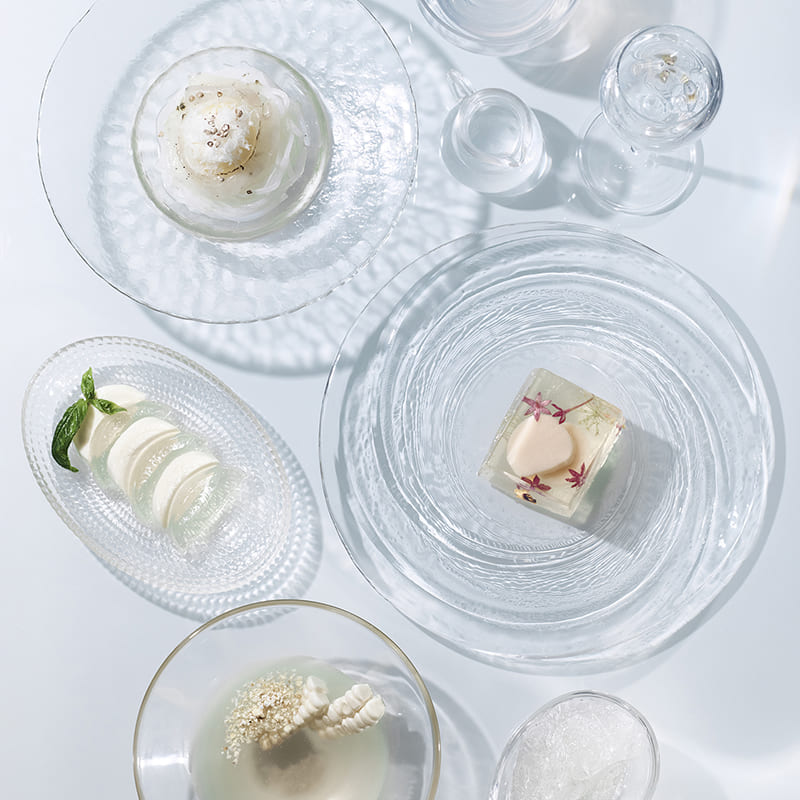
FUNDODAI
Fundodai used to export to just a few countries. But since the launch of Clear Soy Sauce, exports have risen dramatically.
“Last year we exported to 32 countries and regions. Opening doors in that many markets is a tremendous asset,” Yamamura said.
Fundodai is riding this momentum and developing entirely new concepts in soy sauce.
This year, it launched two innovative products: “foam-type” and “leaf-type” sauces. Foam-type soy sauce is a creamy, mousse-like product with a smooth texture and a consistency that allows for the creation of visually attractive elements. It maintains this state for around 30 minutes, making it suitable for a wide range of culinary applications. Leaf-type soy sauce is a flat sheet, 0.2 millimeters thick, that can be cut to size, opening the door to culinary presentations that were impossible with liquid soy sauce. The sheets can be used to top dishes, as wrappers or layered with other ingredients. Fundodai has also released leaf-type miso products.
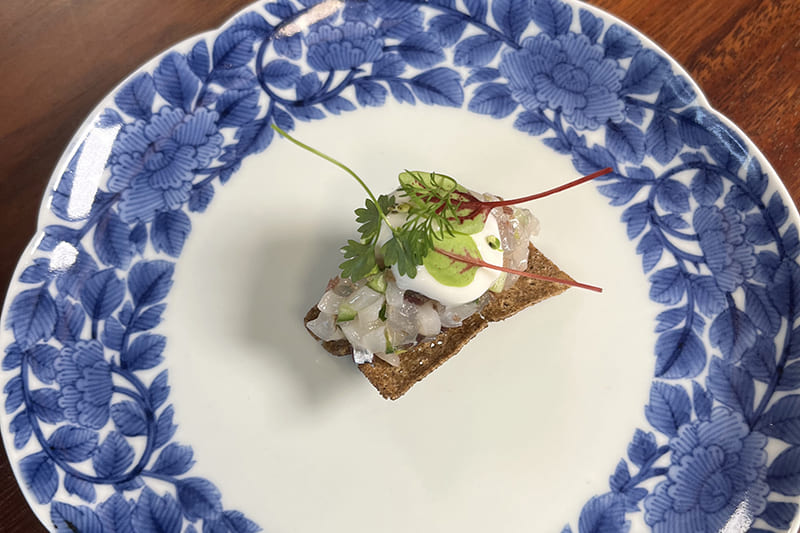
FUNDODAI
The aroma, flavor and umami of soy sauce, as well as its color and form, were once inseparable. But Fundodai has liberated the culinary advantages of soy sauce from these restraints.
“Soy sauce has aspects that can be transformed through subtraction,” Yamamura explained. “Low-sodium soy sauce is a prime example. When salt was subtracted, the market expanded. Using patented technology, our company has successfully created alcohol-free soy sauce by subtracting alcohol, and Clear Soy Sauce by subtracting color.”
Following Kumamoto cuisine
Yamamura is convinced that promoting Kumamoto cuisine along with Fundodai products is a win-win move.
For example, after hearing that a Kumamoto garlic processing company had developed a garlic with an odor that disappears within three hours, he developed and launched a sauce for grilled meat that pairs this special garlic with a base of Fundodai soy sauce. Hearing, “I’ve been waiting for a product like this!” from a dentist who spends much of the day in close proximity to patients reinforced his conviction that hidden demand can be revealed when product concepts receive a fresh look.
Fundodai’s spirit of collaboration with the community extends beyond soy sauce.
Several years ago, a foreign company contacted Fundodai about the possibility of creating a wasabi-flavored sauce. The problem was that when wasabi is added to soy sauce, its aroma and flavor dissipate quickly. Yamamura tried for more than three years to develop a product without success, and was finally forced to abandon the idea.
Then one day, while chatting with a businessman from Higoseiyu, a local maker of edible oils, the topic of wasabi-flavored products came up. The man noted casually, “If you enclose the essence of the wasabi in oil, maybe that will solve your problem.” This inspired Yamamura, who launched a collaboration project with Higoseiyu. Making use of Kumamoto’s thriving production of canola oil, which has a neutral flavor and a high smoke point, the oil was found to preserve the wasabi’s pungency and aroma and yet still blend well with different ingredients and seasonings.
That was the start of a project whose participants were brought together by a shared food culture.
“Ultimately, we were able to create an extremely high-quality product that we simply named Wasabi Oil. At our shop in Tokyo’s Asakusa district, it’s the top seller by far,” Yamamura said with satisfaction. Customers abroad particularly appreciate this product’s convenience and, while Wasabi Oil does not contain soy sauce itself, its use in various food settings that do is expected to help drive up soy sauce demand.
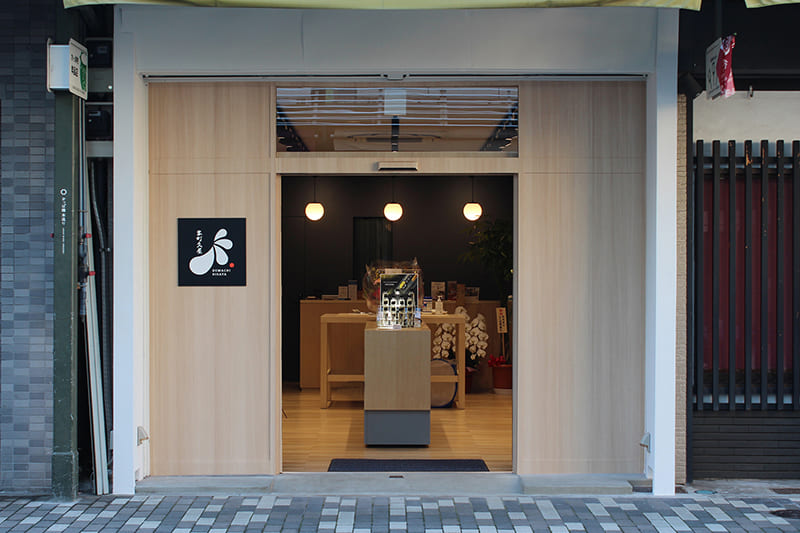
FUNDODAI
In Yamamura’s view, breakthrough products like Clear Soy Sauce hold the key to business success. “If we discover the seeds of a breakthrough product internally, and if developing it promotes internal cohesion, we’ll commercialize it aggressively.”
But according to Yamamura, developing breakthrough products with unique concepts is not Fundodai’s ultimate goal. He emphasizes the importance of promoting such products not for their uniqueness, but on the basis of what they bring to the dining table. The foundation of this approach lies in the company’s profound connection with Kumamoto’s rich food culture.
“Fundodai is not just about products. We want to propagate Kumamoto flavors and food culture more broadly. Doing so will ultimately help propagate Fundodai flavors too.”
FUNDODAI: https://www.fundodai.jp/





